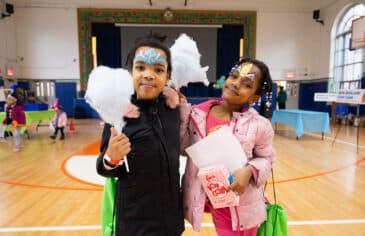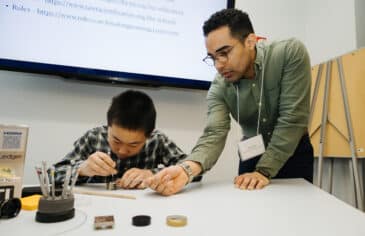Design to Thrive: Creativity, Collaboration and Teamwork

Summers at The Fresh Air Fund are full of opportunities for campers to develop new skills and interests. For some, a love for swimming in the lake surfaces. Others can’t pull themselves away from the basketball courts. For several of our Counselors-in-Training (CITs) and teen campers, this summer at camp sparked an interest in architecture, carpentry and design. The Design to Thrive program, a partnership between The Fresh Air Fund and PennPraxis at the University of Pennsylvania Stuart Weitzman School of Design, was the source behind this new passion.
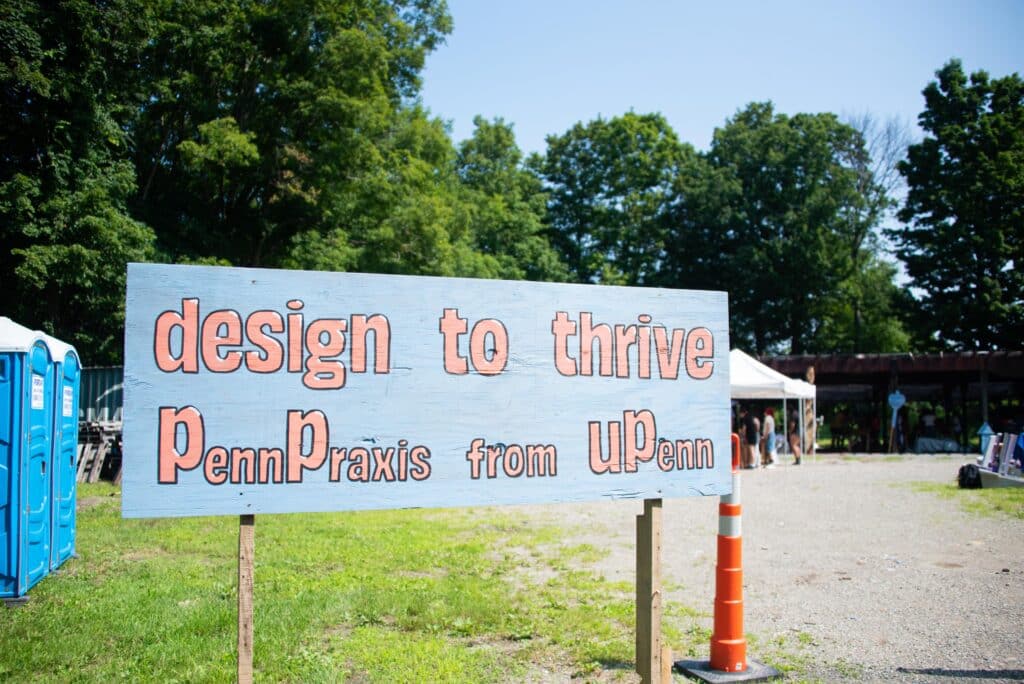
Design to Thrive is a youth-focused program that highlights career possibilities in design-related fields and promotes creative thinking, problem solving and hands-on learning. It gives campers skills that can be built upon year after year when they return to camp and work on the next Design to Thrive project.
First introduced by Fresh Air Fund Board Chairman William Lauder and his partner Lori Kanter Tritsch, the program has grown each year to engage campers in making an impact on the physical space at camp. The partnership began in 2020, at the height of the pandemic, as an online summer learning studio course. In 2021, the program shifted to a hybrid opportunity with virtual learning and in-person projects on Governors Island. Then, in 2022, the program moved to The Fresh Air Fund’s camps in New York’s Mid-Hudson Valley and expanded to serve more campers and CITs in 2023.
The program and experiential-based architecture classes were a huge success. Between the sounds of drills spiraling through wooden planks and hammers pounding down nails, the engaging atmosphere and hands-on experience ignited an interest in design and carpentry for many teens.
“I really enjoyed Design to Thrive,” said Camp Hayden-Marks CIT Eric. “I was able to see my creation grow over time, which was magical.”
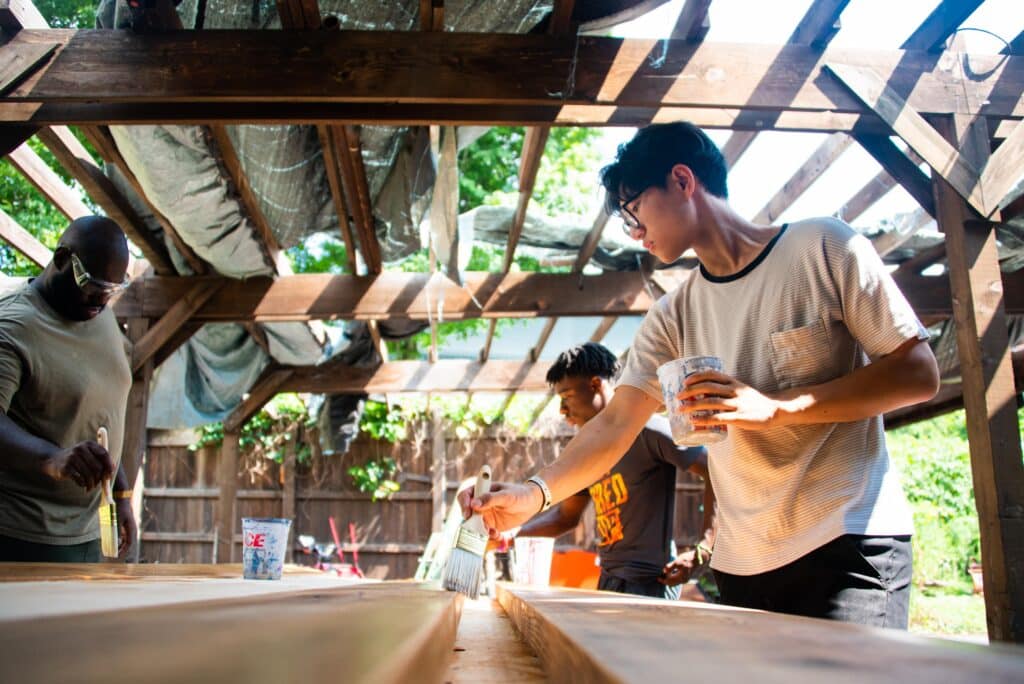
Throughout the program, CITs worked on several projects, beginning with simple construction exercises and progressively working towards more complex concepts. In between learning how to sand wood and use power tools, students learned about color theory, design principles and composition. By the end of the summer, all of their skills culminated in the construction of new tables, benches, chairs and signs for camp!
“Students were engaged right off the bat,” said PennPraxis program associate Daniel Flinchbaugh. “The projects went in order from small to large, and from the very beginning, everyone was excited about the work.”
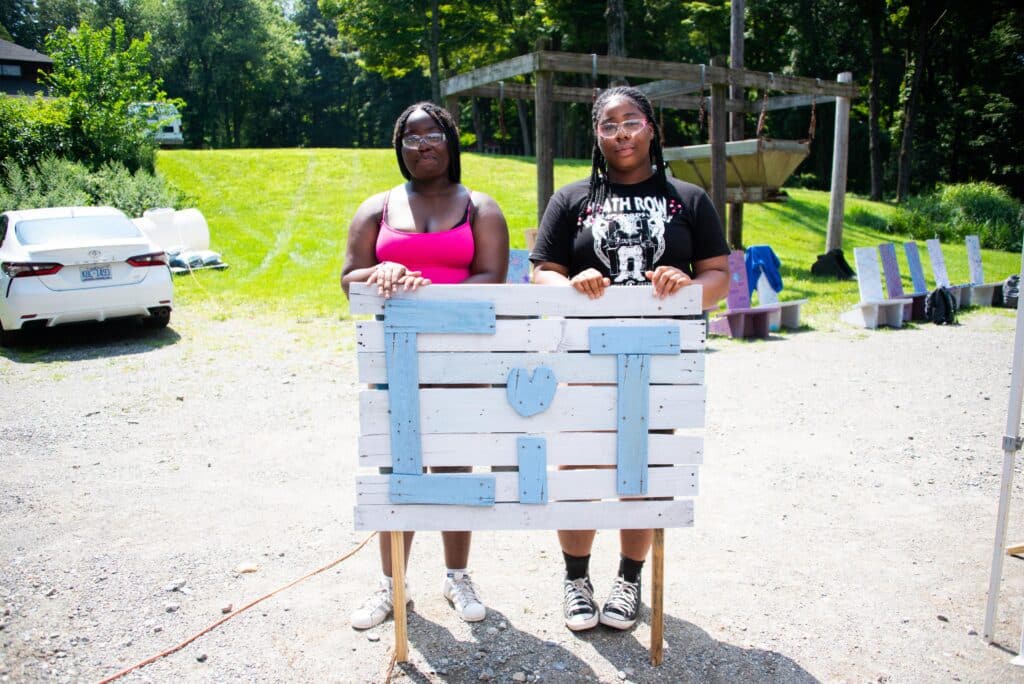
Some projects included locally sourced wood from red oak trees that had fallen on campgrounds. This allowed students to gain a better idea of materiality and sustainability. There was a large emphasis on understanding the life cycle of materials: where they come from and where they go.
“I loved the instructors and learning multiple woodworking skills such as sanding, breaking apart old pallets, and even building furniture,” said Camp Hayden-Marks CIT Isaac. “The work was hard but was immensely rewarding.”
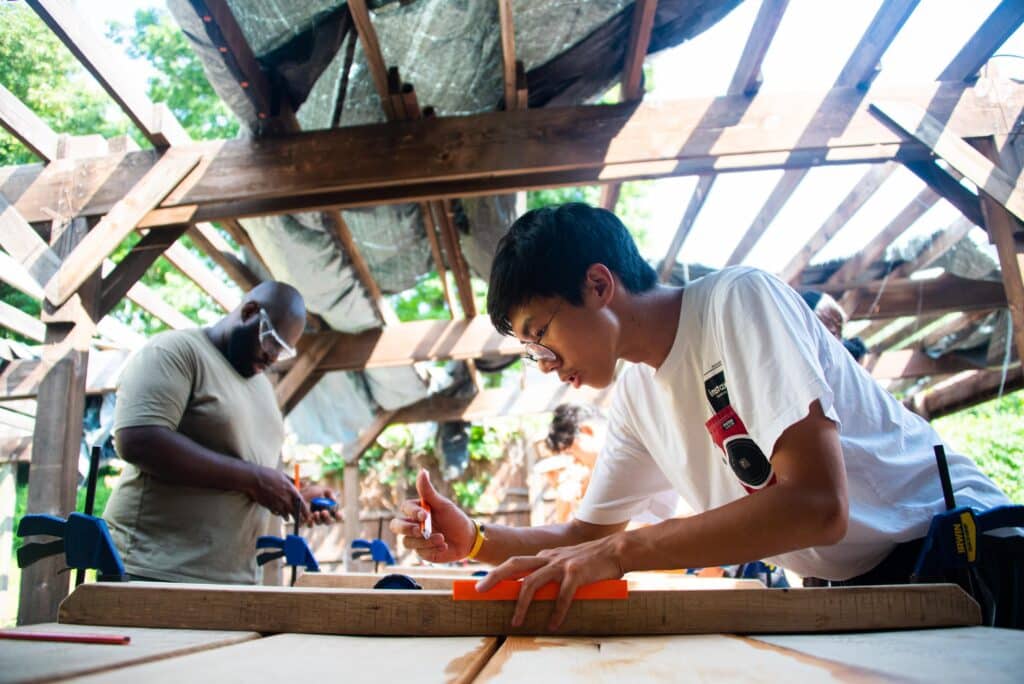
Beyond gaining carpentry skills, students gained life skills: “We really stressed the iteration process,” said Daniel. “Students had to design and redesign with our feedback again and again. The idea of iteration is not just critical for design, but also for life. The first time you do something isn’t going to be the best time you do it. You’re going to learn.”

Richard, a CIT at Camp Tommy, shared, “My favorite thing was being able to learn skills that are useful in the real world and being able to see and create something I can physically hold or use in my day-to-day life. I learned a lot about how every little part of the building process is necessary, even the small things.”
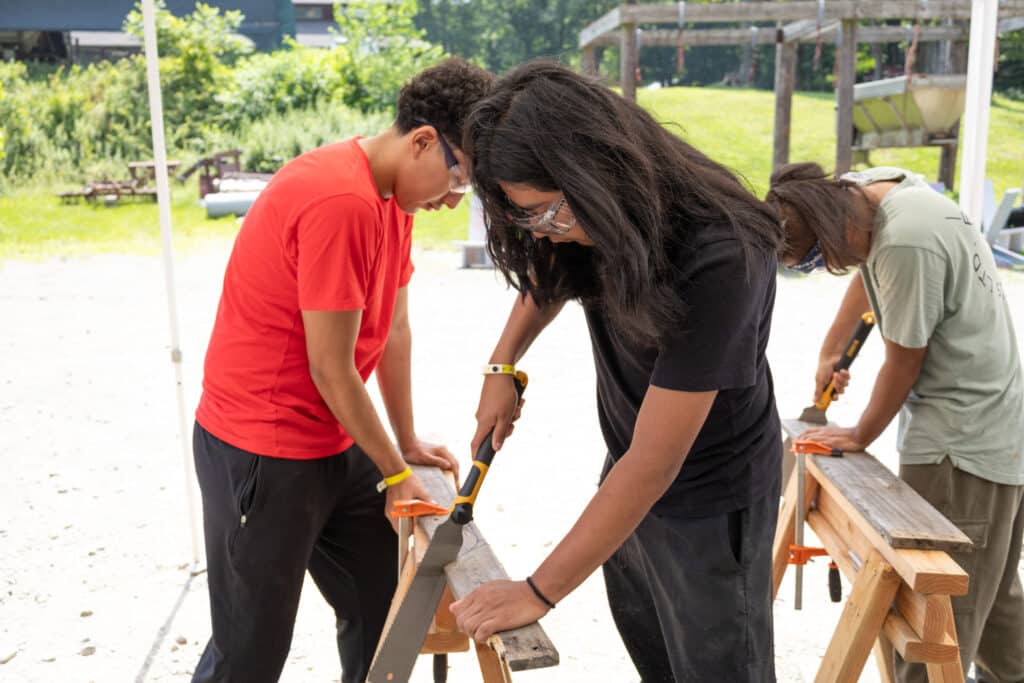
Above all, the Design to Thrive program promoted teamwork and collaboration. Students were encouraged to tackle challenges and solve problems by working together. The support from peers motivated everyone to put in their best effort.
“I liked that I was able to find new ways of understanding how to work with others,” said Camp ABC CIT Fiona. “It introduced a sense of partner work, and physical activities helped us learn in new ways.”

Participating in the Design to Thrive program is a major accomplishment for students. After investing hours into perfecting their creations, they finished the program feeling an enormous sense of pride.
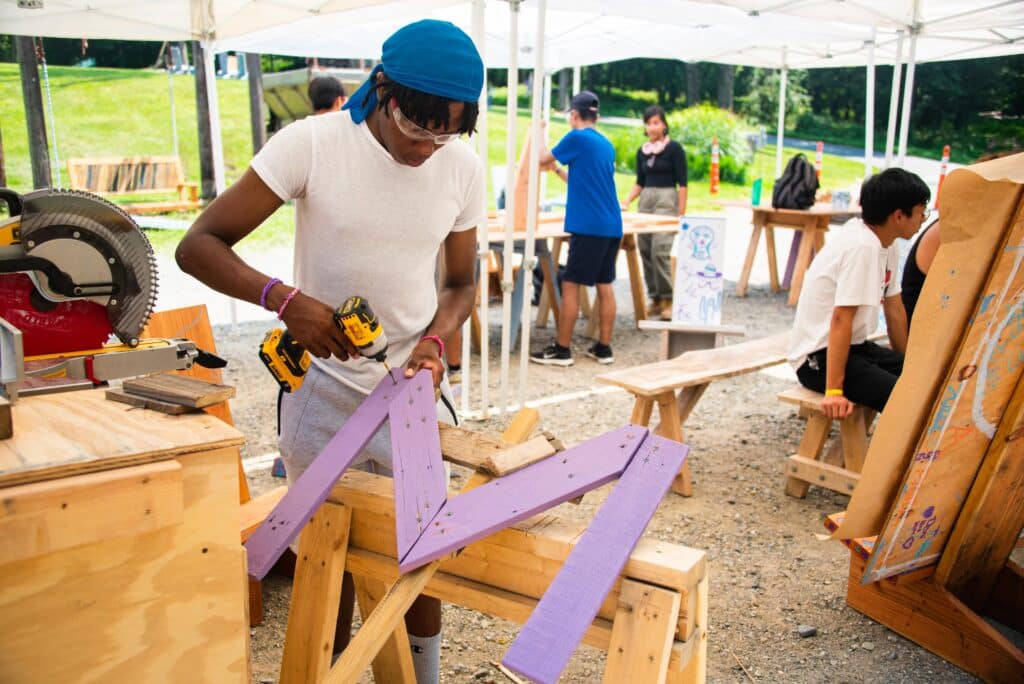
“I think the students learned a lot about themselves in a sense. They learned about the possibilities of doing new things and the influence they have in their own built environment,” said Daniel.

